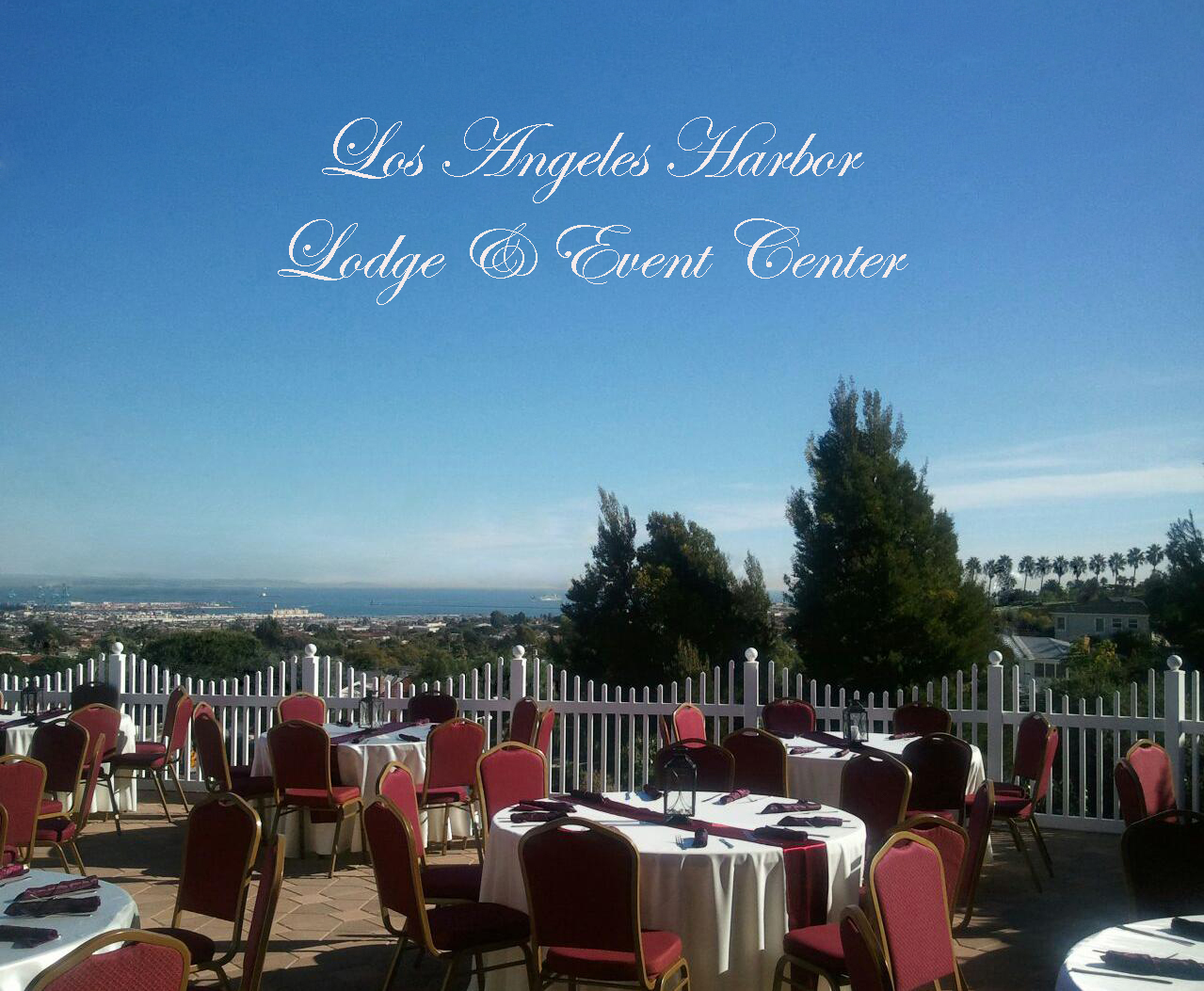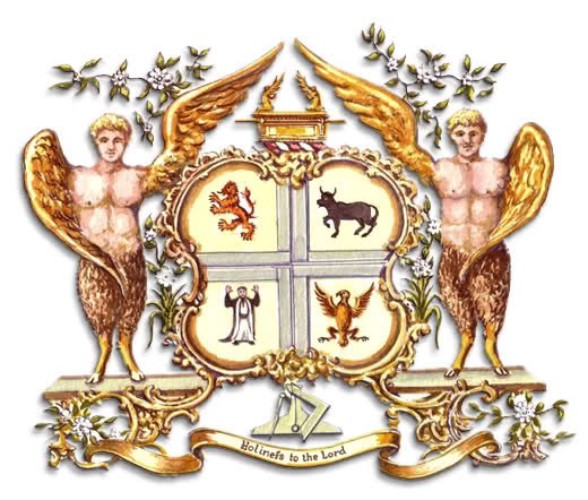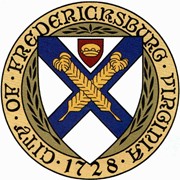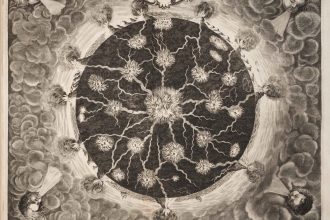On 15 July 1751 at the Turk’s Head in Greek Street, Soho, London, five independent Lodges of Irish Freemasons met as a General Assembly and formed themselves into a Grand Committee until they had the benefit of a “Noble Grand Master” at their head. For a long time it was believed that the Founders of the Antients Grand Lodge were a schismatic group of the original Grand Lodge but in 1887 my great predecessor as Librarian and Curator of Grand Lodge, Henry Sadler, by comparing the original Antients membership lists with the records of the Grand Lodge of Ireland was able to prove that the overwhelming majority of them were members in Ireland but had no connections with the Premier Grand Lodge in England.
Because of the popularity of printed exposures of the ritual in England, in the late 1730s the Grand Lodge had made innovations to catch out impostors including the reversal of the pillar words in the first and second degrees. Unfortunately, they do not appear to have informed Ireland of the change. As a result, when Irish Brethren attempted to gain admission to London Lodges they were rebuffed as impostors. After a decade of this sort of treatment, on the basis “if you cannot join them beat them” the Irish Brethren took matters into their own hands and decided to form their own Grand Lodge.
Often described dismissively by later commentators as an organization of tradesmen and minor professionals, the keyword in relation to the Antients is administration. From the start they kept minutes and registers of members enabling us today to plot their development with accuracy. The Grand Committee laid down Rules and Order for the Craft in general; model by-laws for their Lodges; issued warrants to the original five and subsequent Lodges; set up a register of members; and instituted registration fees and the forerunner of Grand Lodge dues – a quarterly payment by all members to their Fund of Benevolence.
The first Grand Secretary, John Morgan, served less than one year – departing to follow a seafaring career. His successor was to become one of the major figures of English Masonic history. Laurence Dermott was born in Ireland in 1720, becoming a Freemason in a Dublin Lodge in 1741. He came to London in the late 1740s, joined two of the new Antients Lodges and on 5 February 1752 was elected Grand Secretary. He was to serve the Antients as Grand Secretary 1752-1771 and as Deputy Grand Master 1771-1777 and 1783-1787. A forceful character – some would say a martinet – he ruled his Grand Lodge with a rod of iron in both of the offices he held. I think it true to say of him that had he not appeared when he did and had he not possessed the drive and single-mindedness that he had, his Grand Lodge would not have grown into the serious rival to the Premier Grand Lodge that it became.
With Dermott in the driving seat the Grand Lodge began to expand outside of London. In 1753 no “noble Grand Master” being on the horizon, Robert Turner was elected Grand Master and the Grand Committee became a Grand Lodge. Wishing to give it an antient heritage and to upset the Premier Grand Lodge, Dermott made sure that all of its documents were issued in the name of the Grand Lodge “according to the antient institutions granted by Prince Edwin at York in AD 976.” Dermott and his members always claimed that whereas the Premier Grand Lodge had made innovations, their Grand Lodge was the only legitimate body practicing antient Freemasonry and abiding by the landmarks.
This Dermott emphasized when in 1756 he produced for the Antients a Book of Constitutions with the curious title of “Ahiman Rezon,” usually translated as “a help to a brother.” The book was largely a plagiarism of Anderson’s 1723 Constitutions for the Premier Grand Lodge and Pratt’s 1730 Irish Constitutions. Unlike those two works, however, Dermott did not include a history of Freemasonry. When later challenged on this he responded that he had composed such a history but, on awaking from a turbulent dream about Solomon’s Temple he discovered that a puppy dog had entered his room and chewed up the manuscript – an excuse not unknown to generations of schoolboys who have failed to prepare their homework.
Within six years of its formation the Antients Grand Lodge had sixty-four Lodges on its register and had moved out from London with Lodges in Bristol, Manchester, Warrington, Nottingham and Worcester. It had also begun a practice which was to greatly assist the development of Antient Freemasonry both at home and overseas – that of granting travelling warrants for Lodges within Regiments of the Army. Those Lodges were supposed to be limited to members of the regiment concerned but inevitably took in locals who serviced the regiment and when the regiment moved on the locals applied to the Antients Grand Lodge for a warrant for a new Lodge. Travelling military Lodges were to have a significant effect on the development of Freemasonry in Gibraltar, the West Indies, Canada and what were then the North American colonies.
At home, with the exception of a still-born Provincial Grand Lodge for York, Chester and Lancaster, the Antients did not have a Provincial system. All business was done direct between the Lodges and the Grand Secretary. A number of Provincial Grand Lodges abroad were warranted and, in contradistinction to the Premier Grand Lodge where the Provincial Grand Masters were appointed by the Grand Master, whilst the first Provincial Grand Master was designated in the warrant the Provincial Grand Lodge was given the right to elect his successors. They were also given authority to warrant and constitute Lodges, which they did with gusto. Such new Lodges were supposed to be registered with the Grand Lodge but with the difficulties of travel and communications in those days few of them appeared on the Grand Lodge register.
Relations between the two Grand Lodges were nonexistent. Both regarded the other as irregular and each other’s members as clandestine Masons. Both adopted rules whereby any brother wishing to cross over had to abjure his former allegiance and take his obligation anew. That was the official position. At Lodge and individual member levels the situation was quite different. It might be said that the further one went from London, and the beady eyes of the respective Grand Secretaries, the closer relations were between Lodges and individuals. Some Northern Lodges cannily backed both horses taking a warrant from each to be on the right side if one should collapse. It was not unknown for individuals to hold membership under both Grand Lodges. The most prominent example was the great Masonic jeweler Thomas Harper who was not only Deputy Grand Master of the Antients Grand Lodge 1801-1813 but active in the Premier Grand Lodge having been a Grand Steward and member of a number of Committees of that Grand Lodge—a duality which could hardly have gone unnoticed in either Grand Lodge and was to delay the early moves towards a union.
The move towards union begs the question of why it was thought necessary. Both Grand Lodges were strong, had coexisted at home and abroad for fifty years and below Grand Lodge level had no real problems with each other. A new element, however, had come into Freemasonry in the late 18th century: international Masonic relations. In addition to Ireland and Scotland, Grand Lodges were emerging in Europe and the new United States of America. Ireland and Scotland had good relations with the Antients and were not keen to have relations with a second Grand Lodge in England, even if the Prince of Wales was at its head. There was a similar reluctance on the part of the other Grand Lodges to have relations with more than one Grand Lodge in England. Some form of amalgamation resulting in one sovereign body for the Craft in England was obviously a sensible solution, but it took a great deal to achieve it. Robert Leslie, Grand Secretary of the Antients 1783-85 and 1790-1813 was fundamentally opposed to any form of Union believing that whatever was agreed the Union would simply be a case of the Premier Grand Lodge taking over the Antients.
In 1809 both Grand Lodges appointed Commissioners to negotiate an equable Union. This threw up another major difference between the two Grand Lodges. The Premier Grand Lodge was a very hierarchical and autocratic body. Its Commissioners were given full authority to negotiate on its behalf. The more democratic Antients Grand Lodge whilst allowing its Commissioners to discuss gave them no authority to decide. Any proposals coming out of the discussions had to be reported back for decision at a Quarterly Communication of the Antients Grand Lodge itself. That made negotiation and agreement tedious and lengthy. By 1813 the negotiations had almost foundered when major events took over. HRH The Prince of Wales had become Prince Regent and resigned the Grand Mastership of the Premier Grand Lodge, to be replaced by his brother HRH The Duke of Sussex. The Duke of Atholl decided that it was time for the Antients to have a new Grand Master and stood down in favor of HRH The Duke of Kent. In less than six weeks the new Royal Grand Masters knocked heads together, had the Articles of Union between the two Grand Lodges drawn up and agreed to and planned the great ceremonial which brought the United Grand Lodge into being on 27 December 1813.
Thus, we should commemorate the Antients Grand Lodge. To them we owe the presence of Deacons in our Lodges – the Premier Grand Lodge in the run up to the Union recognizing them as “not only Antient but useful and necessary Officers.” We owe our Installation ceremony. We owe the continued presence and membership of Past Masters in Grand Lodge. And we owe the recognition of the Royal Arch as an integral part of pure antient Masonry and the completion of the third degree.
Our American Brethren also owe much to the Antients. Their use of military Lodges to spread Freemasonry in North America; their claim to be working according to old institutions granted at York; and their working of the Royal Arch and other degrees as a coherent system gave rise to the Americans describing their Craft, Royal Arch and Knight Templar system as the Antient York Rite. The Antients Book of Constitutions – Ahiman Rezon – had as much influence as the Constitutions of the Premier Grand Lodge and in a number of State Grand Lodges their Rule Book still bears Dermott’s curious title. Today the memory of the Antients is kept alive by those Lodges which originated under the Antients Grand Lodge and are still working today. The Association of Atholl Lodges keeps that memory bright and has forged links between those Lodges. Long may it continue.
by John M. Hamill
Reprinted by kind permission from the Southern California Research Lodge’s “Fraternal Review.”
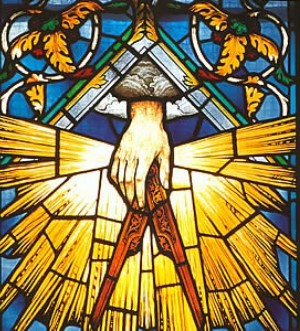
The author is a Past Senior Grand Deacon of the United Grand Lodge of England, a member of Quatuor Coronati Lodge #2076, and Past Librarian and Curator of the Grand Lodge Library.
